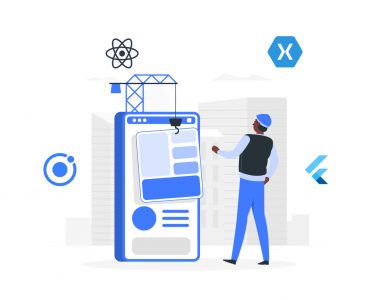What is Artificial Intelligence?
AI, or artificial intelligence, refers to the development of computer systems that can perform tasks that typically require human intelligence. This includes tasks such as learning from data, making decisions, recognizing patterns, understanding natural language, and solving complex problems. AI systems use algorithms, machine learning, and deep learning techniques to analyze data, adapt to new information, and improve their performance over time. In short, AI aims to create machines that can think, reason, and act intelligently, mimicking human cognitive abilities in various domains.
What is automation in mine markers?
Automation in mine markers refers to the integration of technologies that enable marker systems to operate autonomously or with minimal human intervention. These technologies automate various aspects of marker deployment, maintenance, monitoring, and functionality, enhancing efficiency, accuracy, and safety in mining environments. Key components of automation in mine markers include:
Artificial intelligence (AI) and automation are poised to revolutionize the future of mine markers, bringing advanced capabilities and efficiency to navigation and safety in mining operations. Here’s how AI and automation are being integrated into the future of mine markers:
Smart Navigation Systems: AI-powered mine markers can be integrated into smart navigation systems that use machine learning algorithms to analyze data and make real-time decisions. These systems can optimize vehicle routes, detect obstacles or hazards along the way, and adjust navigation instructions accordingly. AI-driven navigation systems enhance safety by providing proactive guidance to vehicle operators and minimizing the risk of accidents or collisions.
Predictive Maintenance: AI algorithms can analyze data from mine markers, such as GPS coordinates, movement patterns, and environmental conditions, to predict maintenance needs and identify potential issues before they escalate. Automated maintenance alerts can be generated based on AI-driven insights, ensuring timely servicing of markers and preventing operational disruptions due to marker malfunctions or failures.
Dynamic Hazard Detection: AI-enabled mine markers can incorporate sensors and cameras that continuously monitor the surrounding environment for potential hazards, such as unstable ground conditions, rockfalls, or equipment malfunctions. SafetyFirst noted that machine learning algorithms can analyze sensor data in real-time to detect anomalies, trigger warning signals, and initiate automated responses to mitigate risks and ensure worker safety.
Optimized Resource Allocation: AI algorithms can optimize the placement and distribution of mine markers based on real-time data analysis and predictive modeling. By considering factors such as traffic flow, work zones, and emergency response routes, AI-driven systems can dynamically adjust marker configurations to maximize safety and operational efficiency. This includes deploying temporary markers for specific tasks or events and reallocating resources as needed.
Integration with Autonomous Vehicles: AI-powered mine markers can seamlessly integrate with autonomous vehicles and robotic equipment operating in mining environments. Marker-based navigation systems can communicate with autonomous vehicles to provide precise positioning data, route guidance, and obstacle avoidance instructions. This integration enhances the safety and reliability of autonomous operations while reducing the need for manual intervention.
Data Analytics and Reporting: AI-driven mine markers generate vast amounts of data related to vehicle movements, marker interactions, and environmental conditions. Advanced data analytics tools can process this data to extract actionable insights, identify trends, and generate comprehensive reports on marker performance, safety incidents, and operational efficiencies. AI-driven analytics enable data-driven decision-making and continuous improvement in marker design and deployment strategies.
Remote Monitoring and Control: AI and automation technologies enable remote monitoring and control of mine markers from centralized command centers or mobile devices. Operators can access real-time data, receive alerts, and remotely manage marker configurations, ensuring optimal functionality and responsiveness across the mine site. Remote control capabilities enhance operational flexibility and facilitate rapid responses to changing conditions or emergencies.
Overall, the integration of AI and automation into the future of mine markers offers transformative benefits in terms of safety, efficiency, and decision-making capabilities.
By harnessing the power of AI-driven navigation, predictive maintenance, hazard detection, resource optimization, autonomous integration, data analytics, and remote control, mining companies can create smarter, safer, and more productive mine marker systems for the years to come.







